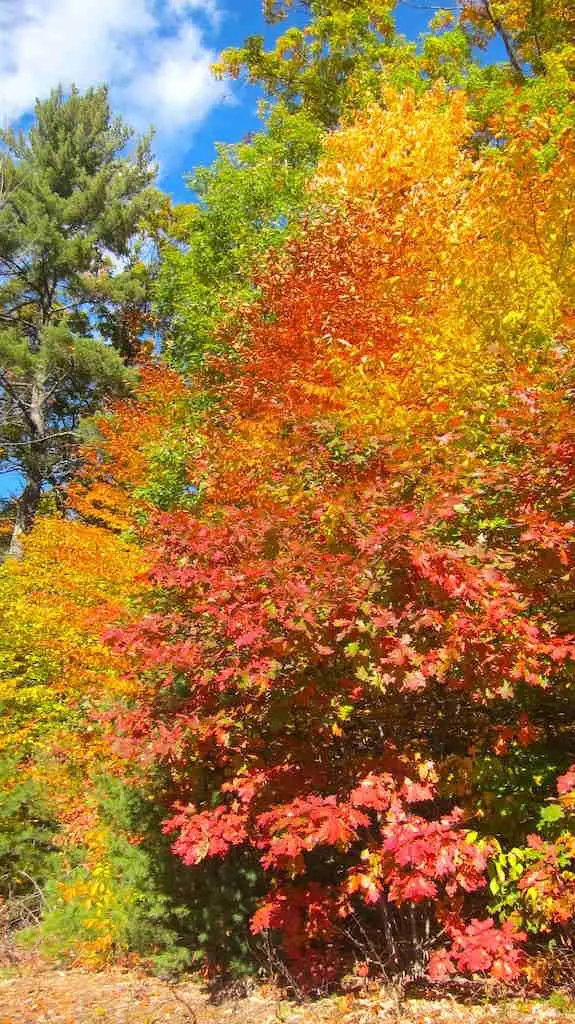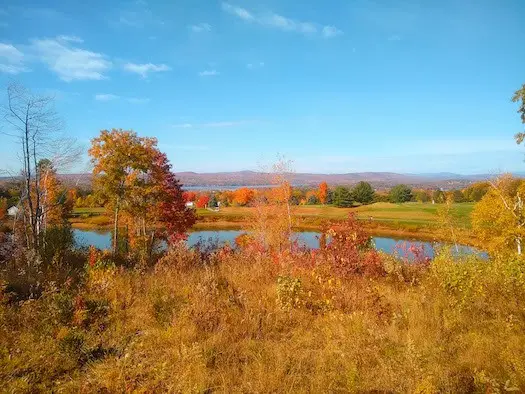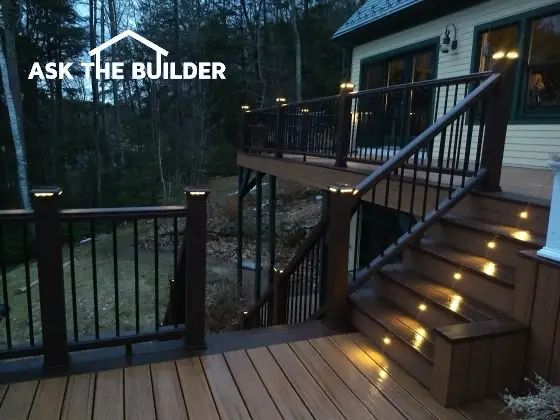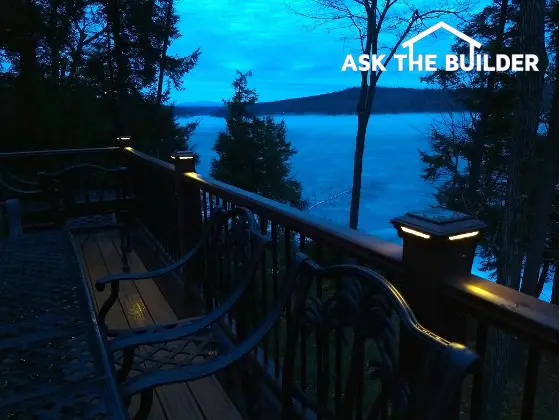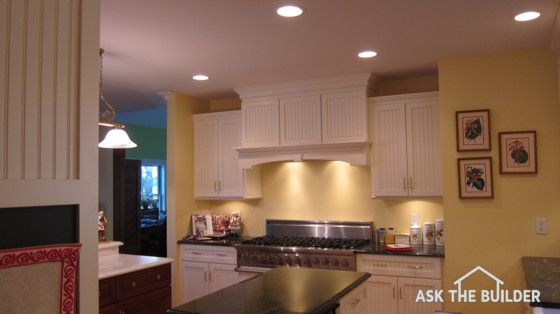
There are three levels of light in this kitchen, four if you count the bright lights under the stove hood! Photo credit: Tim Carter
My wife designed the light layout in our kitchen. It was my job to install the lights. As I nailed up the 12 or so recessed light housings that she selected, I whined the whole time, saying that there would be too much light. After all, we had a decorative hanging fixture that would illuminate our island. Furthermore, there was a paddle fan over the kitchen sink that also had a light fixture.
Well, I was wrong. The recessed light fixtures created a ring of brilliant light over all the counterspaces. They compliment the softer light from the hanging fixtures. Kathy was right once again!
Hidden Light
The widespread use of recessed lights occurred in the 1950's. The contemporary housing trends of the 50's and 60's dictated that all aspects of a house were sleek. This meant that surface mounted fixtures were out and hidden, recessed lights that were smooth with the ceilings were in.
The advantages of recessed lights have stayed with us. The types of fixtures and the trims, however, have come a long way. The original recessed fixtures were very simplistic. There were very few trims available.
CLICK or TAP HERE to get FREE QUOTES from local companies that can help with your lighting needs.
Recessed Light Parts
Recessed lights are somewhat different than an ordinary light fixture. A recessed light has three primary components: the housing, the bulb and the trim. The housing is the main part of the light. It is installed early in a job, before the plaster or drywall is installed.
Bulbs for recessed lights are very specific. They do not resemble ordinary light bulbs, except for the treads. They are cone shaped and often come as spot or flood lights. Very often the inside of the glass surface is coated with a reflective material so that the light created by the filament is directed down, not sideways.
The trim is the part of the light that you actually see. There are a multitude of designs, shapes, finishes, etc. that are now available. Some of the most popular trims used today are those designated as spectacular. These trims have a highly polished interior surface which helps to reflect as much light as possible down into the room.
Column B91
